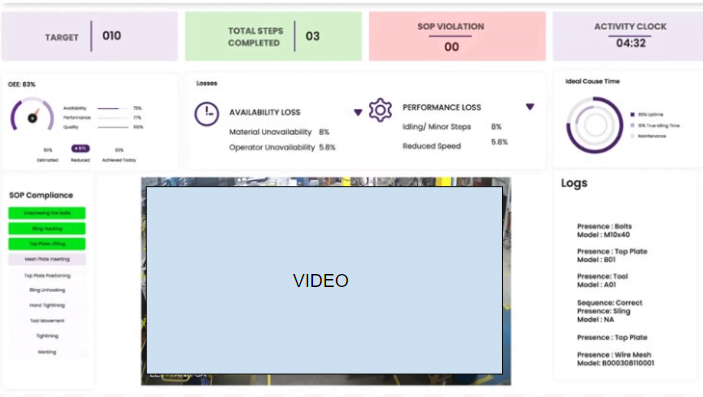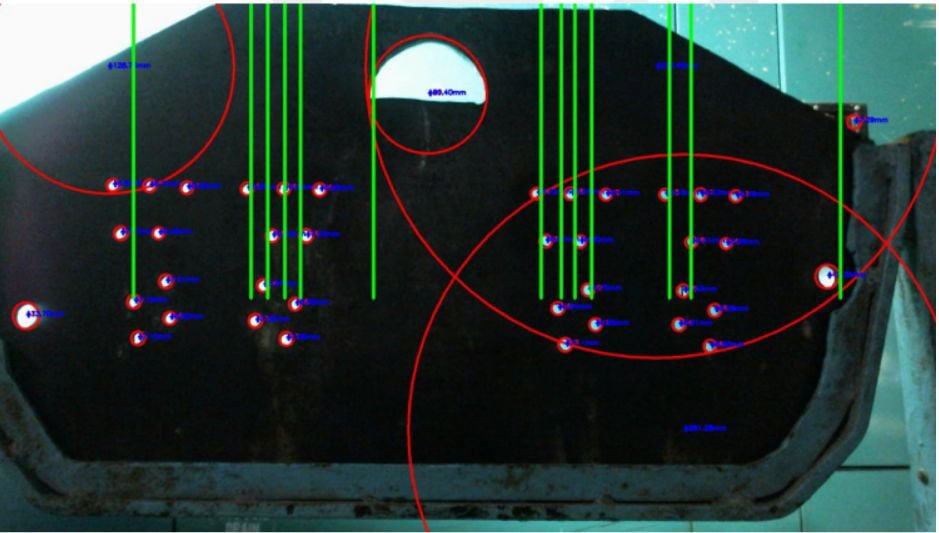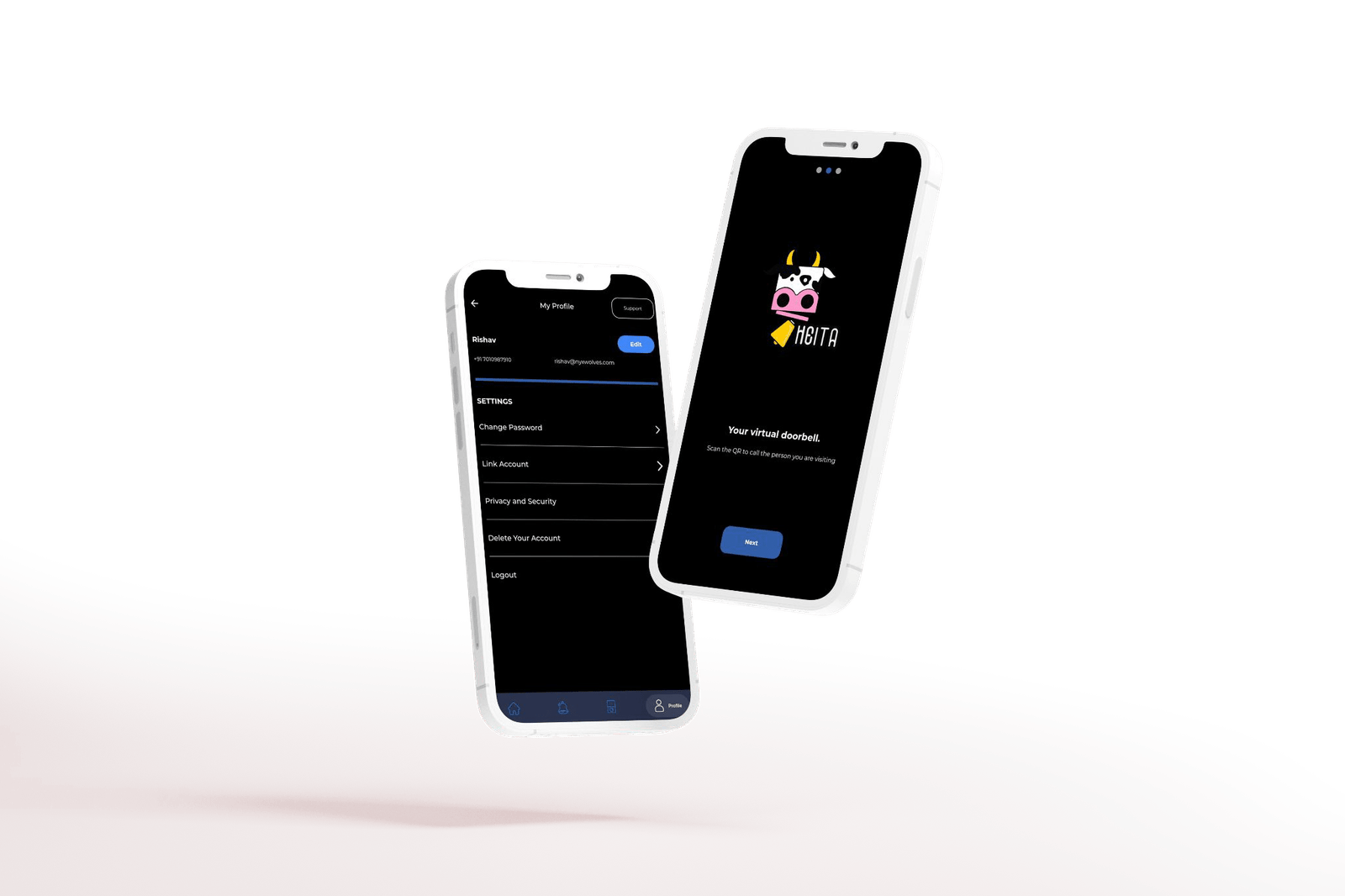Micro frontend is a small program that operate together to produce a bigger application. They are usually segmented by subdomain or feature. Before getting into Micro frontend, it’s essential to understand what micro front-end are and why they’re crucial. Mainly they are architectural as “An architectural style where separately deliverable frontend programs are composed into a better whole.”
Projects usually come in a variety of sizes and requirements. You don’t need to bother about micro frontend if your project is simple enough to have two or three pages and can be managed by a single team. To implement it, you can use any framework you choose, such as Angular, React, or Vuejs.
However, this is not always the case. For example, your frontend app may be a minor portion of a larger program. It may consist of sections and features built by several teams, or it may be delivered into production by distinct groups. If you find yourself in one of these scenarios, consider Micro Frontend.
Modern online applications are increasingly larger and more complicated, with multiple teams managing them at times. You may have features in your application that were created by separate teams, and you wish to deploy only a few of them into production before releasing the complete application. How do you manage many teams and release schedules if you have one repository?
Most of these complicated programs are client-side, making them more challenging to maintain. This monolithic extensive fat application has a few other flaws as well. In this essay, I’ll go over the benefits, drawbacks, implementation, and various other topics.
How Should Micro-Frontend Architecture Be Implemented?
You must first select how you want to separate the application frontend before you begin writing micro frontend. There are two primary approaches: horizontal split and vertical split.
The horizontal split allows you to divide an interface into many portions, each of which can be allocated to a different team. You must, however, give it a unified, consistent look and feel.
When it comes to the vertical split, this is where you prioritize business domains and assign each domain to a distinct team. Because a single team will be in charge of the entire interface, it will gain experience in that particular business domain over time.
Based on how and where the various micro-frontend pieces are constructed, a micro-frontend architecture approach can be accounted for using a variety of methodologies. The superiority of one method over another, on the other hand, is highly controversial.
Consider Micro-Frontend, again!
The micro-frontend architecture, like anything else, has a price. Before starting this framework, you should think about a few compromises. As the number of micro frontends grows, you’ll need to devise effective management techniques. Because separate teams will be working on distinct micro frontends and may even employ different technologies, the risk of offering an inconsistent user experience is typically present.
Code duplication is quite frequent when independent teams work on different micro frontends. This can increase the payload, which has a substantial impact on the performance of a web application. Even if you combine several frontend pieces, the final product must always appear as a single cohesive entity. Communication between multiple components becomes critical in this situation.
Conclusion
I understand that micro frontend are all the latest craze, but you shouldn’t use them for every program. If your software is small, don’t utilize it, and don’t overcomplicate it. Our entire procedure should be fluid and not overly complicated due to this approach. So, before using this strategy, use your best decision.




